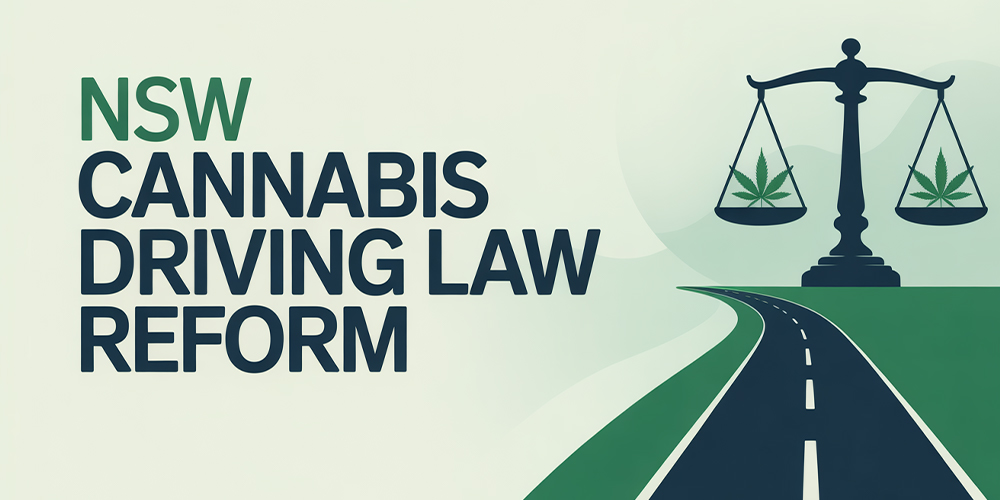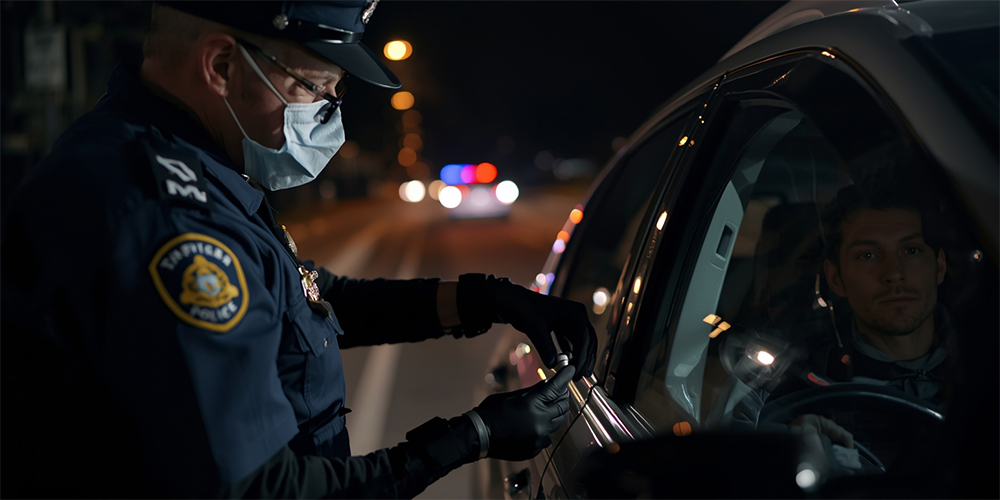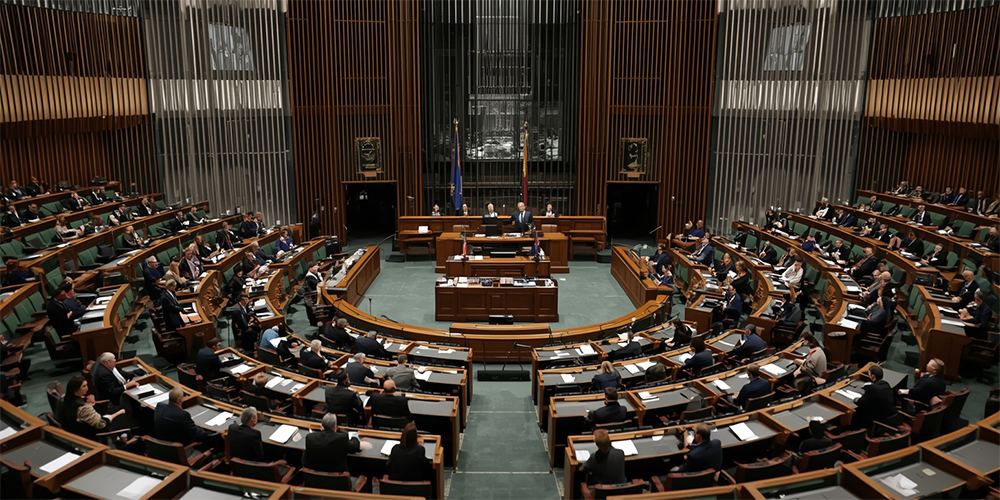
Home » NSW MPs Push to Reform Driving Laws for Medicinal Cannabis Users
NSW MPs Push to Reform Driving Laws for Medicinal Cannabis Users
Patients prescribed medicinal cannabis in New South Wales (NSW) are at the center of a heated policy debate, as lawmakers push for reforms to driving laws that currently penalize them for testing positive for THC—even when they are not impaired. The proposed changes, backed by members of the Greens, the Legalise Cannabis Party, and advocacy groups, aim to bring fairness to a system many say unfairly targets patients who are following medical advice.
A Push for Legislative Change
Greens MP Cate Faehrmann has introduced the Road Transport Amendment (Medicinal Cannabis – Exemptions from Offences) Bill 2025. The bill would allow patients with valid prescriptions to mount a legal defense against drug‑driving charges if they test positive for THC but show no signs of impairment. The reform would effectively put medicinal cannabis on a more equal footing with other prescribed medications, which are not automatically treated as disqualifying for drivers.
Jeremy Buckingham of the Legalise Cannabis Party is also championing the cause, arguing that the current law criminalizes patients for simply adhering to treatment plans. “These are people legally prescribed a medicine. To take away their ability to drive is to punish them for being sick,” Buckingham has stated.

The Current Legal Landscape
Under the Road Transport Act 2013, it is illegal to drive with any detectable amount of THC in the body. Unlike alcohol, where impairment is measured by blood alcohol concentration (BAC), THC testing is binary: any trace, regardless of dosage or timeframe, can trigger penalties. These penalties include fines, license suspensions, and potential criminal records.
This strict zero‑tolerance approach applies even if the patient consumed medicinal cannabis days earlier and is no longer impaired. By contrast, prescription medications such as opioids and benzodiazepines are permitted as long as the patient is not impaired while driving.
Why Patients Say Change Is Needed
Advocacy groups such as the Penington Institute argue that the current framework forces patients into impossible choices: risk losing their license, stop driving altogether, or avoid taking medication they legitimately need. For many, especially in regional NSW where public transport is limited, the ability to drive is essential for work, healthcare, and family responsibilities.
THC’s long detection window compounds the issue. Unlike alcohol, which clears from the bloodstream within hours, THC can remain detectable for days or even weeks depending on usage patterns. This means a patient could face legal consequences long after any intoxicating effects have worn off.
Road Safety Concerns and Counterarguments
Opponents of reform emphasize road safety. The primary concern is that there is no simple, reliable roadside test to distinguish between recent impairment and residual presence. Police unions and some safety advocates argue that relaxing the law could increase risks if impaired drivers exploit medical exemptions.

However, reformers note that other jurisdictions, including Tasmania, the United Kingdom, Germany, and New Zealand, have managed to implement medical exemptions while still prioritizing safety. In these models, impairment assessment plays a central role rather than blanket prohibition.
Political Outlook
The Medicinal Cannabis Exemptions Bill 2025 is now before the NSW Parliament. While it enjoys support from the Greens and Legalise Cannabis Party, its passage will depend on crossbench negotiations and whether the Labor government is willing to adopt or adapt the proposal. Advocacy organizations have increased pressure, with open letters sent to the Premier urging a modernized approach that balances fairness with safety.

Jeremy Buckingham has claimed that government leaders have made commitments to act on the issue within the year, but no formal policy shift has yet been announced.
Looking Ahead
If reforms are adopted, NSW could become a leader in recognizing the rights of medicinal cannabis patients. The move would also likely influence other states and territories grappling with the same tension between health policy and road safety. For now, patients remain in legal limbo—legally prescribed their medication, but legally penalized if they drive.


One Response
Each line feels like a stepping stone, leading the reader toward greater understanding and insight.